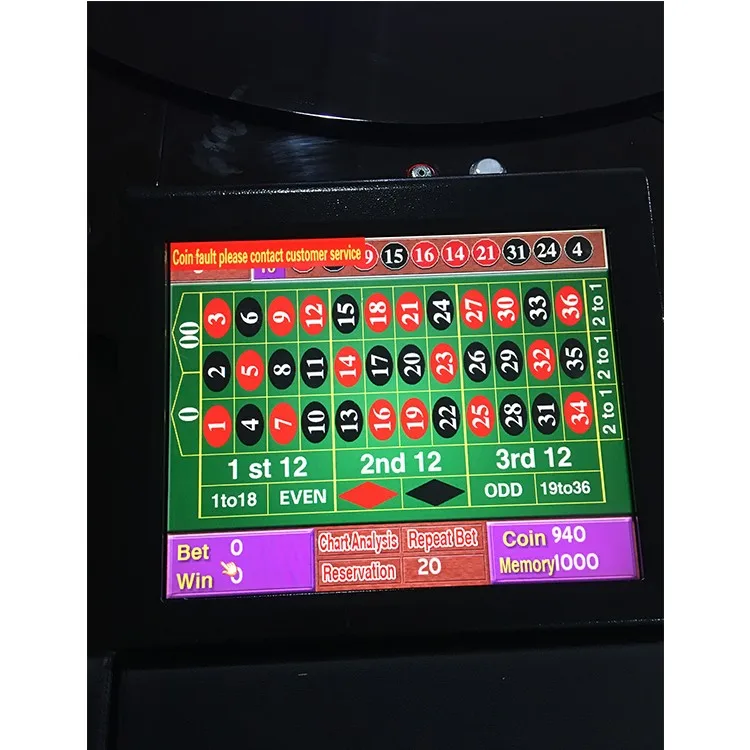

So if you had one cherry on a reel, your odds of hitting that cherry were 1/10, or 10%. To calculate the odds of a single symbol appearing on a reel, you just divide the one symbol by the total number of potential outcomes. They had three metal reels that had ten possible stops each. 1/6 X 1/6 = 1/36.Įarly slot machines were mechanical devices. If you want to know the probability of rolling two dice and having BOTH of them come up six, you multiply the probabilities. So if you want to know what the probability of rolling two dice and having one or the other come up with a six, you add the probabilities together. If you’re looking at an “AND” question, you multiply the probabilities by each other. If you’re looking at an “OR” question, you add the probabilities together. When you want to determine the probability of multiple things happening, you use addition or multiplication, depending on whether you want to determine whether one OR the other event will occur, or whether you want to determine whether one event AND the other event will occur.

There are five ways to roll something other than a six, and only one way of rolling a six. For example, if you’re rolling a single six-sided die, and you want to know the odds of rolling a six, you’re looking at 5 to 1 odds. Odds are expressed as the number of ways something won’t happen versus the number of ways that something will happen. That’s 1 divided by 2, which can be expressed as ½, 50%, 0.5, or 1 to 1 odds. There are two possibilities when flipping a coin, heads or tails, but only one of them is heads. You simply take the total number of possible outcomes, and divide the outcome you’re trying to determine the probability of it by that number. That’s common sense, but how is it determined mathematically? The probability of getting heads when you flip a coin is 50%. It can be expressed in multiple ways, as a decimal, as a fraction, as a percentage, and as odds.Ī simple example is a coin flip. Probability is, therefore, always a fraction. If something will always happen, no matter what, then its probability is 1. If something has no chance of ever happening, then its probability is 0. The first principle of probability is that every event has a probability of between 0 and 1. Probability involves addition, subtraction, multiplication, and division, all of which you learned in middle school. To understand the odds as they relate to slot machines (or any other gambling game), you have to understand the basic math behind probability.ĭon’t worry though. The other is the branch of mathematics that calculates that likelihood. One is the likelihood of whether or not something will happen. But the rise of electromechanical slot machines and (later) video slots added some complexity to the situation. When you’re dealing with three reels, ten symbols on each reel, and a limited pay table, then it’s just a simple math problem. Slot machine odds used to be easy to calculate. What Are the Odds of Winning on a Slot Machine? Other tactics include using effective bankroll management techniques, joining a slots club to benefit from its rewards programs, and more. For example, by calculating a slot machine’s payout percentage, you can obtain a larger picture idea of how much money you stand to win back. However, there are things you can do to maximize your wins and minimize your losses.

Slots machines, as games of chance (rather than skill), are generally more about having fun than they are about making money.


 0 kommentar(er)
0 kommentar(er)
